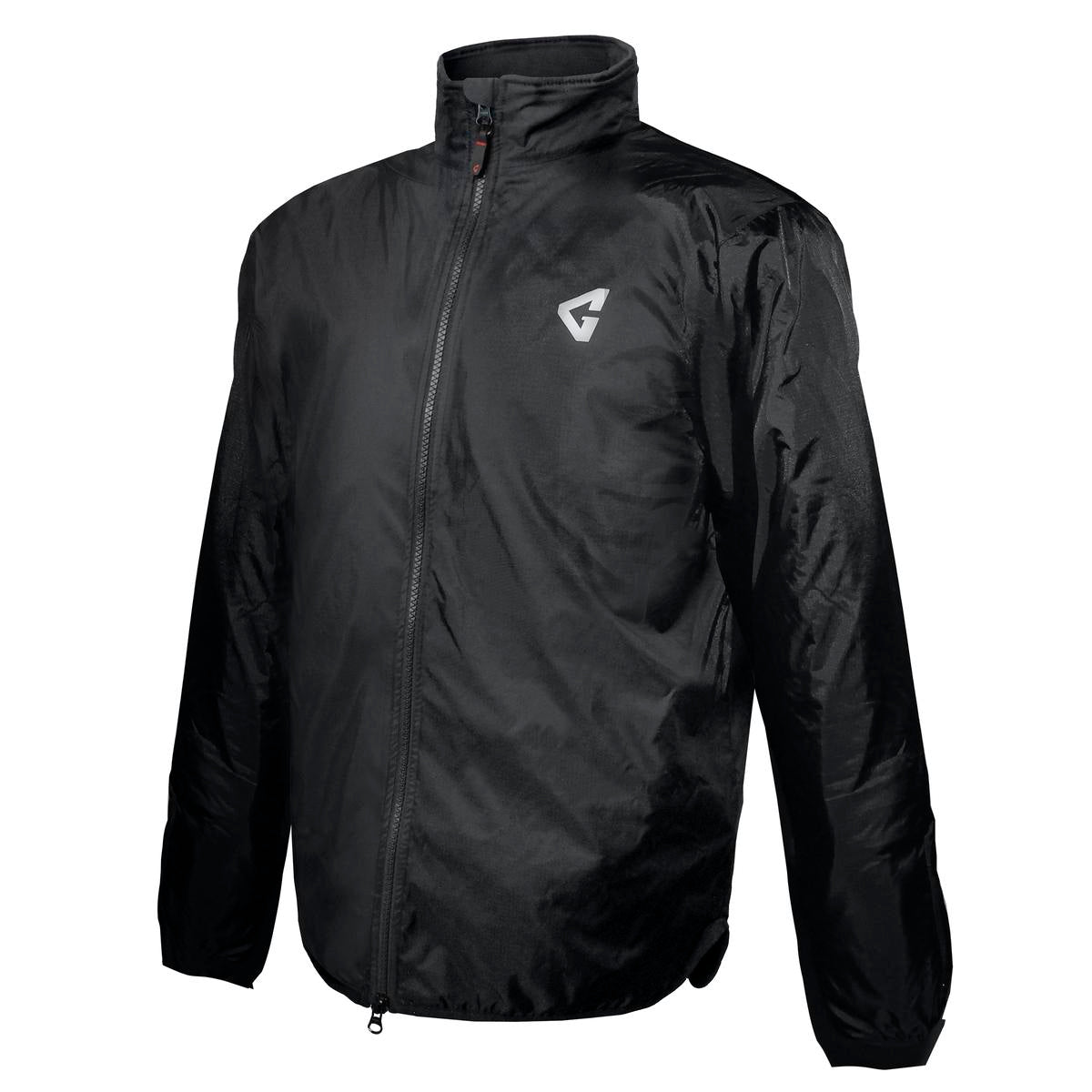So....
I don't live in the coldest of areas, but even when I'm on a long distance trip, the Defender just never warms up. If I'm on the highway, the air leaking into the cab (which is much better than some other Defenders) takes away from whatever the heater is able to do. I have recently figured out how to improve my heat flow into the cabin, but this really only works for a short period of time. If I leave the fan running, it cools the heater matrix down enough that it is very mild heating at best. I then shut the fan off for a minute or two, let the matrix the nice and hot, then I can turn the fan on again.
Anyway, I'm seriously considering one of these things:
I've looked at a lot of the YouTube reviews, and I'm thinking of mounting it under the pax seat box. So, do any of you have any direct experience with these?
I understand that it takes a bit to fire up and warm up, but on the cold days, that would be worth it. On the long trips, I could see this being totally worth it.
I don't live in the coldest of areas, but even when I'm on a long distance trip, the Defender just never warms up. If I'm on the highway, the air leaking into the cab (which is much better than some other Defenders) takes away from whatever the heater is able to do. I have recently figured out how to improve my heat flow into the cabin, but this really only works for a short period of time. If I leave the fan running, it cools the heater matrix down enough that it is very mild heating at best. I then shut the fan off for a minute or two, let the matrix the nice and hot, then I can turn the fan on again.
Anyway, I'm seriously considering one of these things:
Amazon.com: 5KW 12V Diesel Air Heater 10L Tank LCD Thermostat Monitor + Remote Control + Silencer for Bus Van Boat Trucks: Automotive
Buy 5KW 12V Diesel Air Heater 10L Tank LCD Thermostat Monitor + Remote Control + Silencer for Bus Van Boat Trucks: Heaters - Amazon.com ✓ FREE DELIVERY possible on eligible purchases
www.amazon.com
I've looked at a lot of the YouTube reviews, and I'm thinking of mounting it under the pax seat box. So, do any of you have any direct experience with these?
I understand that it takes a bit to fire up and warm up, but on the cold days, that would be worth it. On the long trips, I could see this being totally worth it.
